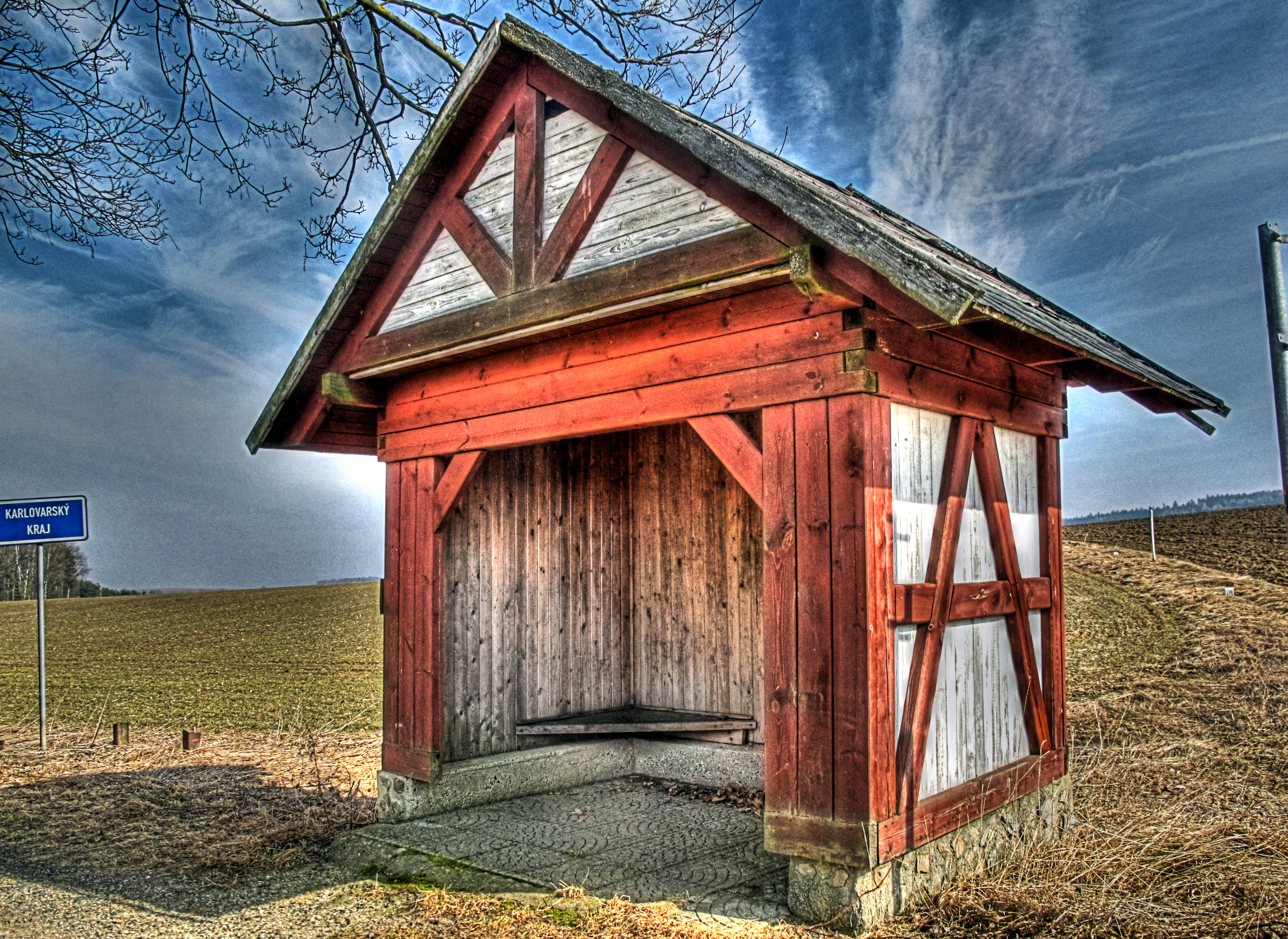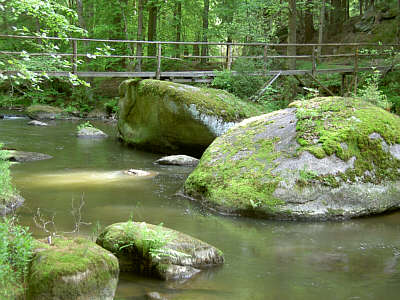|
Upper Palatine
The Upper Palatinate (german: Oberpfalz, , ) is one of the seven administrative districts of Bavaria, Germany, and is located in the east of Bavaria. Geography The Upper Palatinate is a landscape with low mountains and numerous ponds and lakes in its lowland regions. By contrast with other regions of Germany it is more rural in character and more sparsely settled. It borders (clockwise from the north) on Upper Franconia, the Czech Republic, Lower Bavaria, Upper Bavaria and Middle Franconia. Notable regions are: * Stiftland, former estate and territorial lordship of Waldsassen Abbey with the market town of Konnersreuth, Fockenfeld Abbey, the town of Waldsassen and about 150 other villages. * Upper Palatine Forest with deep valleys and many castles * Upper Palatine Lake District with the Steinberger See * Upper Palatine Jura, part of the Franconian Jura * Steinwald including the Teichelberg and Pechbrunn * Waldnaab/ Wondreb Depression * Bavarian Forest, together with the B ... [...More Info...] [...Related Items...] OR: [Wikipedia] [Google] [Baidu] |
Regierungsbezirk
A ' () means "governmental district" and is a type of administrative division in Germany. Four of sixteen ' ( states of Germany) are split into '. Beneath these are rural and urban districts. Saxony has ' (directorate districts) with more responsibilities shifted from the state parliament. The cities of Bremen, Hamburg and Berlin – the city states – have a different system. ' serve as regional mid-level local government units in four of Germany's sixteen federal states: Baden-Württemberg, Bavaria, Hesse and North Rhine-Westphalia. Each of the nineteen ' features a non-legislative governing body called a ' (governing presidium) or ' (district government) headed by a ''Regierungspräsident'' (governing president), concerned mostly with administrative decisions on a local level for districts within its jurisdiction. Translations ' is a German term variously translated into English as "governmental district", "administrative district" or "province",Shapiro, Henr ... [...More Info...] [...Related Items...] OR: [Wikipedia] [Google] [Baidu] |
Upper Palatine Forest
The Upper Palatine Forest (german: Oberpfälzer Wald or ''Böhmischer Wald'', cs, Český les) is a mountain range in Central Europe that is divided between Germany and the Czech Republic. It is part of the larger Bohemian Massif and the German Central Uplands. Geography The German side belongs to the Upper Palatinate region of Bavaria, it stretches about from the Bavarian Forest in the south up to the Fichtel Mountains and the Steinwald range in the north. However, the highest peaks of the range lie along the eastern Czech side in the Plzeň Region of western Bohemia, northwest of the Bohemian Forest. The southern rim runs from the Cham and Furth Basin across the border to the Všeruby (''Neumark'') mountain pass, which is part of the Main European Watershed. The other end is marked by Waldsassen, the northernmost town of the Upper Palatinate. The Mittelgebirge range is a mountainous solid mass, its highest point Čerchov being at an altitude of . Prominent rocks ... [...More Info...] [...Related Items...] OR: [Wikipedia] [Google] [Baidu] |
Kunisch Mountains
The Kunisch Mountains (german: Künisches Gebirge; cz, Královský Hvozd, meaning "Royal Forest") is a range that includes part of the Bavarian Forest and the central Bohemian Forest, with its main chain between the Osser and the Zwercheck close to Upper Palatinate. From a geological perspective the Kunisch Mountains occupy a special position, because they are made of mica schist instead of the gneisses and granites that are common elsewhere in the Bavarian Forest. It has good farming soils and heavy precipitation which often falls as snow and ice in winter. Literature * ''Im Landes der künischen Freibauern. Heimatbuch für den mittleren Böhmerwald.'' (Landkreis Bergreichenstein und angrenzende Gebiete); Herausgeber: Volkskundlicher Arbeitskreis für den mittleren Böhmerwald "Künische Freibauern" e.V., Verlag Morsak, Grafenau (Niederbayern) Grafenau () is a town in the Freyung-Grafenau district, in Bavaria, Germany. 32 km north of Passau, the town is situated ... [...More Info...] [...Related Items...] OR: [Wikipedia] [Google] [Baidu] |
Großer Arber
The Großer Arber (); cs, Velký Javor, "Great Maple") or Great Arber,e.g. Mauser, Wolfram and Monika Prasch (eds). ''Regional Assessment of Global Change Impacts: The Project GLOWA-Danube''. Heidelberg: Springer, 2006. p. 94. is the highest peak of the Bavarian/Bohemian Forest mountain range and in Lower Bavaria, with an elevation of . As a result, it is known in the Lower Bavarian county of Regen and the Upper Palatine county of Cham as the "King of the Bavarian Forest". Its summit region consists of paragneiss. Name In a 1279 document, the mountain bore the name ''Adwich''; Johannes Aventinus called it ''Hädweg'' in 1500; and, in 1540, ''Ätwa''. Philipp Apian referred to it as ''Aetwha m.'', i.e. ''Aetwha mons ''(mons, montis = Lat. mountain/hill); in 1720, it was recorded on a map as ''Aidweich''. According to more recent research, the name is of Celtic origin. In 1740, it is recorded for the first time as ''Arber''. Geography Location The Großer Arber rises in ... [...More Info...] [...Related Items...] OR: [Wikipedia] [Google] [Baidu] |
Bohemian Forest
The Bohemian Forest, known in Czech as Šumava () and in German as Böhmerwald, is a low mountain range in Central Europe. Geographically, the mountains extend from Plzeň Region and South Bohemia in the Czech Republic to Austria and Bavaria in Germany, and form the highest truncated uplands of the Bohemian Massif, up to 50 km wide. They create a natural border between the Czech Republic on one side and Germany and Austria on the other. Names and etymology For political reasons, the Bohemian and German sides have different names in their languages: in Czech, the Bohemian side is called ''Šumava'' and the Bavarian side ''Zadní Bavorský les'' ( en, Rear Bavarian Forest), while in German, the Bohemian side is called ''Böhmerwald'' ( en, Bohemian Forest), and the Bavarian side ''Bayerischer Wald'' ( en, Bavarian Forest). In Czech, ''Šumava'' is also used as a name for the entire region in Bohemia and Germany. The designation ''Šumava'' has been attested in the la ... [...More Info...] [...Related Items...] OR: [Wikipedia] [Google] [Baidu] |
Bavarian Forest
The village of Zell in the Bavarian Forest The Bavarian Forest ( German: ' or ''Bayerwald''; bar, Boarischa Woid) is a wooded, low-mountain region in Bavaria, Germany that is about 100 kilometres long. It runs along the Czech border and is continued on the Czech side by the Bohemian Forest (Czech: ''Šumava''). Most of the Bavarian Forest lies within the province of Lower Bavaria, but the northern part lies within Upper Palatinate. In the south it reaches the border with Upper Austria. Geologically and geomorphologically, the Bavarian Forest is part of the Bohemian Forest - the highest of the truncated highlands of the Bohemian Massif. The area along the Czech border has been designated as the Bavarian Forest National Park (240 km2), established in 1970 as the first national park in Germany. Another 3,008 km2 has been designated as the Bavarian Forest Nature Park, established 1967, and another 1,738 km2 as the Upper Bavarian Forest Nature Park, estab ... [...More Info...] [...Related Items...] OR: [Wikipedia] [Google] [Baidu] |
Waldnaab
The Waldnaab (Northern Bavarian: ''Woidnaab'', cs, Lesní Nába, in its upper course: ''Tirschenreuther Waldnaab'') is the left-hand, eastern and longest headstream of the River Naab in the Upper Palatinate ( Bavaria, Germany). At its confluence with the Haidenaab near Luhe-Wildenau, the Naab is formed. The Waldnaab is 99.1 km long; combined with the Naab, the total length is . Course The Tirschenreuth Waldnaab The river rises at on the German- Czech border in the Upper Palatine Forest not far from the 901 m high Entenbühl and near its smaller brother, the ''Naabberg'' (). Its source, also called the ''Kreuzbrunnen'', lies in the district of Tirschenreuth, near ''Silberhütte''. From its wellspring the water flows for just under three metres on German soil, before crossing into Bohemia for almost a kilometre, where it is known as the ''Lesní Nába'', and then flowing northwest, re-crossing the German border and reaching Bärnau. As a result of season ... [...More Info...] [...Related Items...] OR: [Wikipedia] [Google] [Baidu] |
Teichelberg
Teichelberg is a mountain of Bavaria, Germany. Mining of a 45-meter thick basalt layer started in 1888 References Mountains of Bavaria Mountains under 1000 metres {{Bavaria-geo-stub ... [...More Info...] [...Related Items...] OR: [Wikipedia] [Google] [Baidu] |
Steinwald
The Steinwald is a mountain range up to in southern Germany and, at the same time, a nature park (''Steinwald Nature Park'') founded in 1970 with an area of in the province of Upper Palatinate, in North Bavaria. Geography Geographical location The Steinwald lies south of the Upper Franconian county town of Marktredwitz and north of Erbendorf in the district of Tirschenreuth. The Steinwald is separated from the Fichtelgebirge to the northwest by the Waldershof trough (''Waldershofer Senke'') and from the Upper Palatine Forest to the southeast by the Waldnaab-Wondreb-trough. Mountains and hills The mountains and hills in the range and in the Steinwald Nature Park include the following − in order of height in metres (m) above sea level (NN): Geology Like the Fichtelgebirge, the Steinwald consists mainly of granite. In the south and east it is surrounded by a basalt landscape of ''Kuppen'' - gentle, rounded summits - ( Kemnather Land, Nördlicher Steinwald), wh ... [...More Info...] [...Related Items...] OR: [Wikipedia] [Google] [Baidu] |
Franconian Jura
The Franconian Jura ( , , or ) is an upland in Franconia, Bavaria, Germany. Located between two rivers, the Danube in the south and the Main in the north, its peaks reach elevations of up to and it has an area of some 7053.8 km2.Emil Meynen, Josef Schmithüsen: ''Handbuch der naturräumlichen Gliederung Deutschlands.'' Bundesanstalt für Landeskunde, Remagen/Bad Godesberg 1953–1962 (9 editions in 8 volumes, updated map 1:1,000,000 scale with major units, 1960). Large portions of the Franconian Jura are part of the Altmühl Valley Nature Park. The scenic meanders and gorges formed by the river Altmühl draw tourists to visit the region. Geologically, the Franconian Jura is the eastern continuation of the Swabian Jura. The mountain chains are separated from each other by the impact crater An impact crater is a circular depression in the surface of a solid astronomical object formed by the hypervelocity impact of a smaller object. In contrast to volcanic craters ... [...More Info...] [...Related Items...] OR: [Wikipedia] [Google] [Baidu] |





